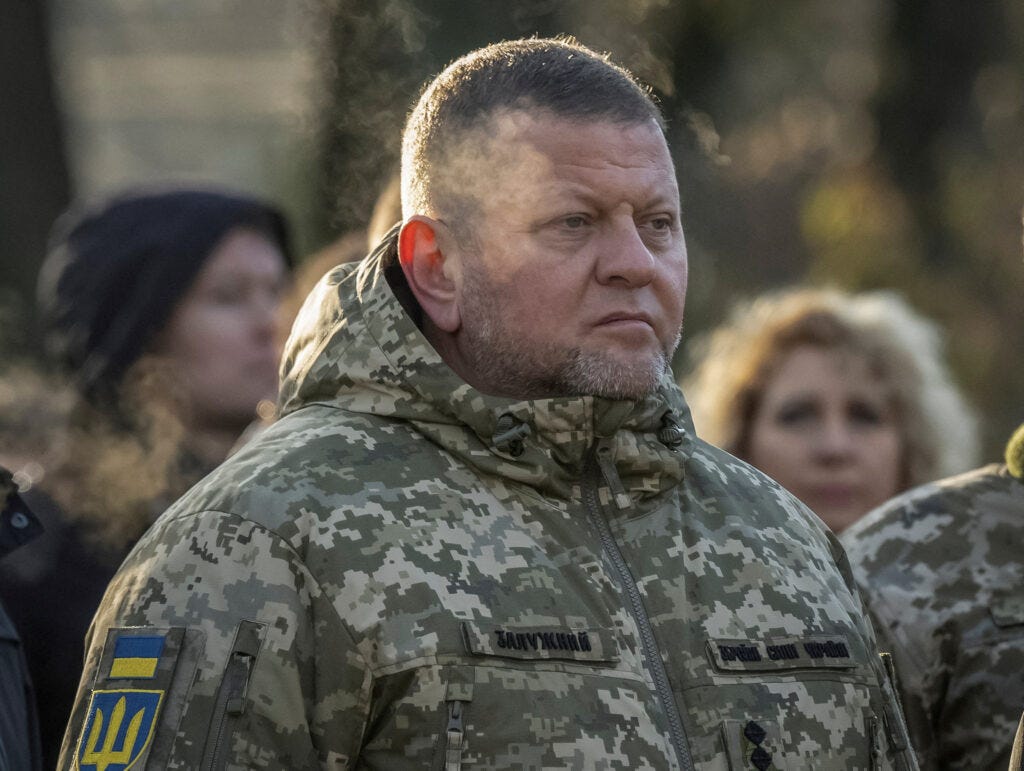General Zaluzhnyi’s Vision for the Future of Warfare and the Russia-Ukraine War’s Trajectory
The Technological War of Attrition — And How to Prevail in It
General Valerii Zaluzhnyi, former Commander-in-Chief of the Armed Forces and now Ukraine’s Ambassador to London, wrote a foreword in the fall of 2024 for the book “What Will Be Used to Fight in World War III” by Ukrainska Pravda journalist Roman Romanyuk.
CONTENT
Technologies of the New War of Attrition
Russia-Ukraine War
Forecasting the Next Phase of the Russia-Ukraine War
Challenges to Restoring Offensive Capability Amid Technological Parity in the Russia-Ukraine War
The New Era of Warfare: AI, Drones, and the Russia-Ukraine Conflict
Conclusion
Technologies of the New War of Attrition
…From 1917 until the early 1970s, the technical means of defense and offense remained in relative parity. This parity meant that successful offensive operations could only be achieved through the concentration of efforts or effective organization in application. The effectiveness of warfare during this period was determined primarily by the search for higher-quality tactical and operational approaches — for example, the “Blitzkrieg” doctrine during World War II — or by the physical concentration of massive strike forces and assets on a very narrow section of the front.
The situation began to shift again in the 1970s, when precision weapons and guided munitions entered the battlefield. Precision air defense systems, anti-tank guided missiles, and cruise missiles of the air-to-air, surface-to-air, and surface-to-surface types radically transformed the paradigm of warfare once more. With the advent of powerful electronic intelligence tools, aircraft gained the ability to deny enemy approach at distances exceeding 100 kilometers, and air superiority began to depend on radar capabilities and aircraft profiles. One clear example of this transformation is Operation Desert Storm in the Persian Gulf in 1991.
The strategic-level effectiveness of precision weapons became possible primarily due to the revolution in satellite technologies — in particular, the emergence of remote Earth sensing, the global GPS navigation system, and satellite communications. The integration of satellite communication into military systems enabled the development of situational awareness tools and the C4ISR doctrine. This technological breakthrough moved warfare beyond the framework of traditional 20th-century military doctrines. A new principle emerged: with minimal expenditures, it became possible to inflict maximum military and material damage on the enemy — both defensively and offensively. At the same time, precision weapon technologies did not tilt the balance in favor of either offensive or defensive action, as they could be employed with equal effectiveness in both.
The effectiveness of warfare began to depend directly—first and foremost—on a nation’s scientific and technological potential. At the same time, much like during World War II, the advantage was still determined by the quality of troop training and the level of operational art in their employment.
Russia-Ukraine War
The 2022 Russian-Ukrainian war began within this historical technological cycle—as a war centered around the use of precision weaponry. Today, I can confidently state that Ukraine has generally been more effective—primarily due to a higher level of organization, tactical employment, and technological support from partner countries.




